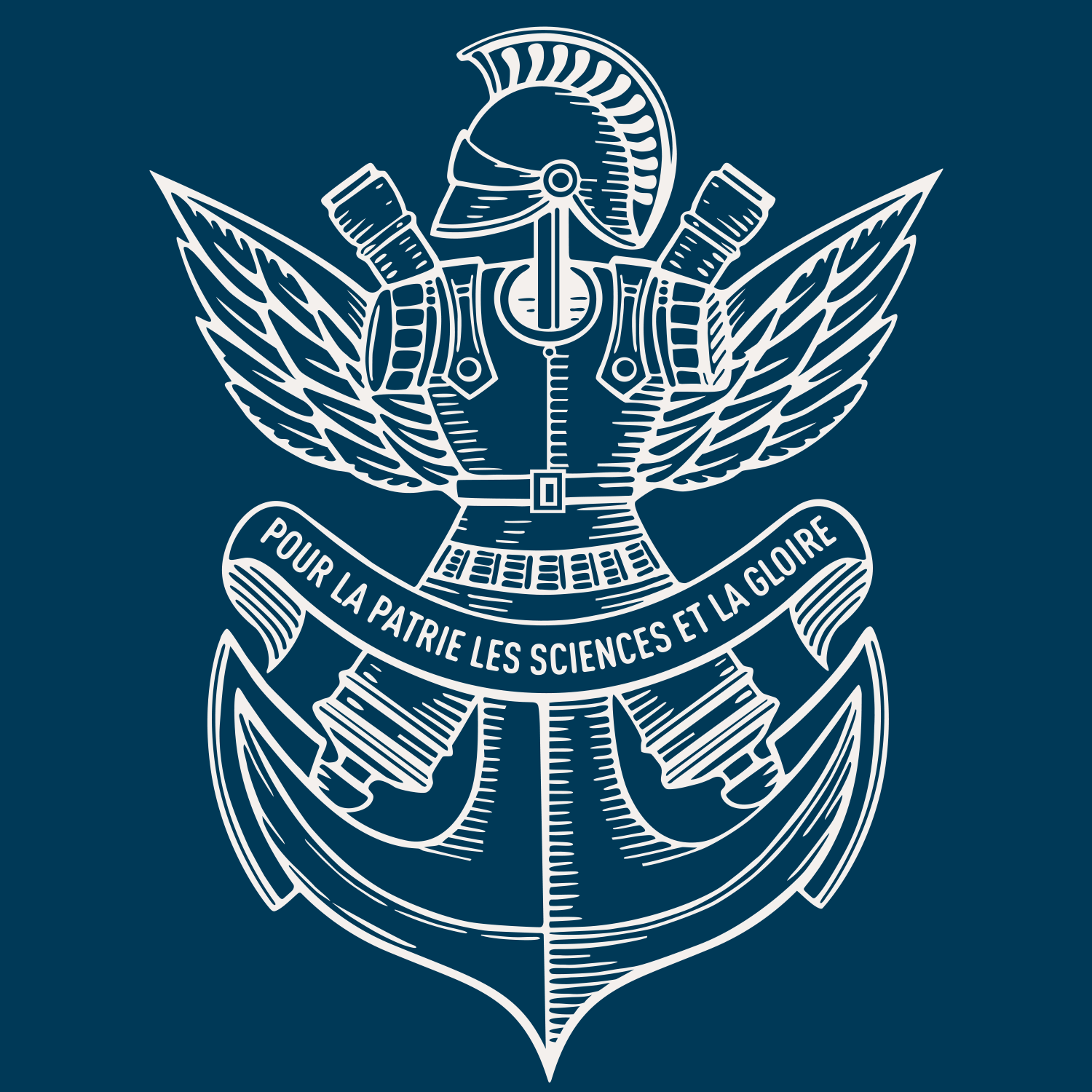Deep-reactive ion etching of silicon nanowire arrays at cryogenic temperatures
Résumé
The pursuit of sculpting materials at increasingly smaller and deeper scales remains a persistent subject in the field of micro- and nanofabrication. Anisotropic deep-reactive ion etching of silicon at cryogenic temperatures (cryo-DRIE) was investigated for fabricating arrays of vertically aligned Si nanowires (NWs) of a large range of dimensions from micrometers down to 30 nm in diameter, combined with commonly used wafer-scale lithography techniques based on optical, electron-beam, nanoimprint, and nanosphere/colloidal masking. Large selectivity of ∼100 to 120 and almost 700 was found with resists and chromium hard masks, respectively. This remarkable selectivity enables the successful transfer of patterned geometries while preserving spatial resolution to a significant extent. Depending on the requirements by applications, various shapes, profiles, and aspect ratios were achieved by varying process parameters synchronously or asynchronously. High aspect ratios of up to 100 comparable to the best result by metal-assisted wet-chemical etching and sub-μm trenches by DRIE were obtained with NW diameter of 200 nm, at an etch rate of ∼4 μm/min without being collapsed. At the same time, low surface roughness values were maintained on the NW top, sidewall, and bottom surface of ∼0.3, ∼13, and ∼2 nm, respectively, as well as high pattern fidelity and integrity, which were measured using angle-resolved Fourier microscopy, combined atomic force, and scanning electron microscopy on selected NWs. This work establishes the foundation in the controllable development of Si nanoarchitectures, especially at sub-100 nm structures, for energy-harvesting and storage, damage-free optoelectronics, quantum, photovoltaics, and biomedical devices.
| Origine | Fichiers éditeurs autorisés sur une archive ouverte |
|---|

